
Mastering the Art of Dress Codes: Your Ultimate Guide to Formal Events
This Dress Code Guide is a lifesaver for party outfits! Whether it’s the Christmas or New Year holiday season, many of us attend various events. But when you receive an invitation, do you know what to wear according to the different dress codes? Let’s dive into the guidelines for various formal events to ensure you’re always appropriately dressed for any occasion.
As the birthplace of gentlemanly style, the UK has a rich history of formalwear with unique elegance. From the opulent Victorian era to modern minimalist sophistication, British formalwear reflects the country’s cultural heritage and social customs. Understanding these historical nuances not only helps international students dress appropriately at formal events but also offers a deeper understanding of British society.
White Tie
White Tie is the most formal dress code, typically reserved for royal receptions, state banquets, and highly formal occasions.
Occasions: Royal receptions, state banquets, etc.
Men:
- Black tailcoat with satin peak lapels and tails
- White shirt with a high wing collar
- Hand-tied white bowtie (never black)
- Black patent leather shoes, black socks
- White pocket square, waistcoat
- No wristwatch
Women:
- Full-length evening gown, often paired with gloves
- Elegant jewelry, classic evening makeup
- No wristwatch
Black Tie
Black Tie remains the go-to formal dress code for dinner parties, weddings, and award ceremonies. Popularized by period dramas and vintage trends, it’s a classic style still widely used today.
Occasions: Formal dinners, weddings, award ceremonies
Men:
- Black tuxedo (single-breasted with narrow satin peak lapels)
- White shirt with concealed placket
- Black bowtie
- Black dress shoes, black socks
Women:
- Long evening gown or cocktail dress
- High heels or elegant flats
- Subtle accessories, no wristwatch
Morning Dress
Morning Dress, also known as Full Day Dress, is the traditional attire for daytime events like weddings, funerals, royal engagements, and specific occasions at horse races.
Occasions: Daytime weddings, royal races
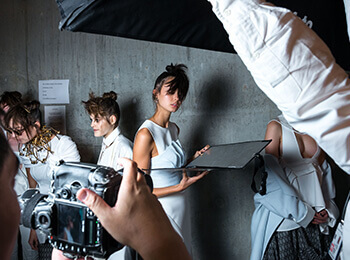 Men:
Men:
- Black or grey morning coat with grey striped trousers
- Light-colored shirt, waistcoat, and tie
- Black dress shoes, top hat (for racing events)
Women:
- Elegant, modest attire with shoulder coverage
- Hats are appropriate, especially for royal events
Cocktail Attire
Cocktail Attire is typically for semi-formal gatherings such as wedding receptions or business parties. It’s not too formal, but still polished.
Occasions: Wedding receptions, business parties
Men:
- Dark suit with a dress shirt and tie
- Leather shoes or loafers
Women:
- Knee-length or slightly shorter cocktail dress
- High heels, delicate accessories, and a small handbag
Lounge Suit
A Lounge Suit is standard for business events during weekdays.
Occasions: Business meetings
Men:
- Dark suit with a dress shirt and tie
- No waistcoats unless the button at the bottom is undone and the suit is single-breasted
Women:
- Simple, professional business attire, avoiding too much decoration
Smart Casual
Smart Casual is great for business happy hours, casual get-togethers, or semi-formal occasions.
Occasions: Business happy hours, casual parties
Men:
- Blazer or suit jacket with chinos or corduroy trousers
- Dress shirt or casual shirt with lace-up shoes or loafers
- A tie is optional
Women:
- More relaxed yet elegant outfits that aren’t overly formal or casual
03. Dos and Don’ts
Dos:
- Follow the dress code: Always read the Dress Code section of your invitation carefully to make sure you align with the host’s expectations.
- Pay attention to detail: Ensure your suit is clean and pressed. For women, use accessories to enhance your look without overpowering it.
- Choose appropriate footwear: Comfort and style matter equally, so make sure your shoes, whether dress shoes for men or high heels for women, complement the outfit.
- Invest in classic pieces: A high-quality suit or evening gown is a wise investment, as it will work for many occasions.
Don’ts:
- Avoid casual looks: Even in Smart Casual settings, avoid wearing jeans, sneakers, or overly relaxed attire.
- Don’t overdo accessories: Keep your accessories subtle, as to not detract from your overall look.
- Respect cultural norms: For instance, wearing a hat during Morning Dress events is customary, but always remove it when entering indoors.
- Don’t wear ill-fitting clothes: Overly baggy or too tight clothing can ruin your look. Always choose well-tailored options.
04. Common Student Occasions and Dress Code Tips
Job Interviews (Business Formal):
Men: A dark suit (navy or charcoal), white or light blue shirt, solid tie, and black dress shoes. Avoid black suits unless you’re applying to a very formal company.
Women: A business suit or shirt with a pencil skirt, paired with low-heeled or mid-heeled shoes.
Tip: Keep your nails trimmed and hair neat, as these small details help project a professional image. Avoid heavy perfume or excessive jewelry.Formal Dinner (Black Tie):
Men: Classic black tuxedo, ensuring your bowtie and shirt are clean and crisp.
Women: A long evening gown with subtle embellishments, paired with elegant earrings and a clutch.
Tip: Always check the venue to make sure your outfit aligns with the event’s formality.Career Fairs (Business Casual):
Men: A dress shirt and slacks, with or without a tie, topped with a light suit jacket.
Women: A professional dress or simple suit, paired with comfortable heels.
Tip: Keep it simple, and avoid overly formal or casual outfits.Graduation (Morning Dress or Semi-Formal):
Men: A morning coat or dark suit with a dress shirt and tie.
Women: A chic dress or skirt, paired with comfortable shoes and minimal accessories.
Tip: Always check for specific requirements, like whether you need to wear a graduation cap and gown.Concerts or Theaters (Cocktail or Semi-Formal):
Men: A dark suit with or without a tie, depending on the formality of the event.
Women: A mid-length or full-length dress with delicate accessories.
Tip: Choose comfortable shoes that still look polished for walking around the venue.
Understanding dress codes isn’t just about what to wear—it’s also about respecting the cultural significance behind each attire. While dress codes have evolved to become more inclusive and diverse, following these guidelines will help you remain appropriate and stylish, all while adding your personal flair.

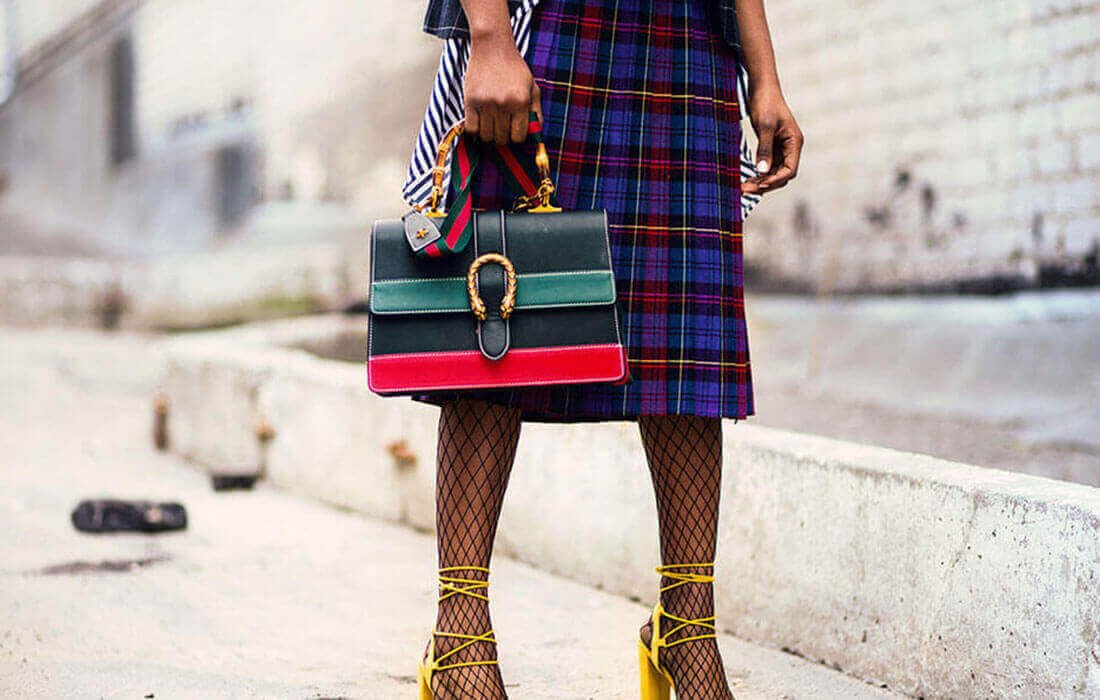

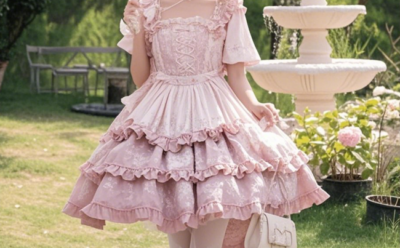
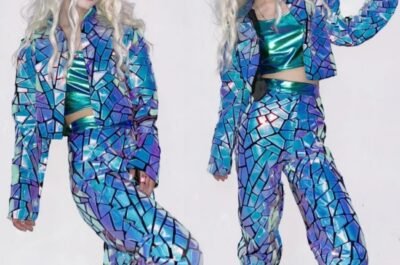
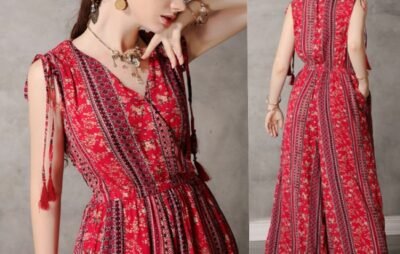
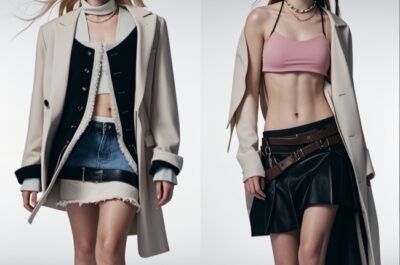
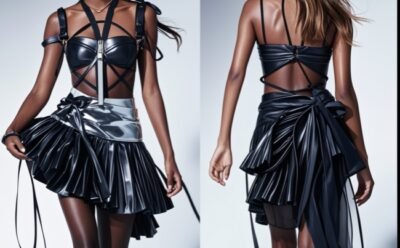
Add comment